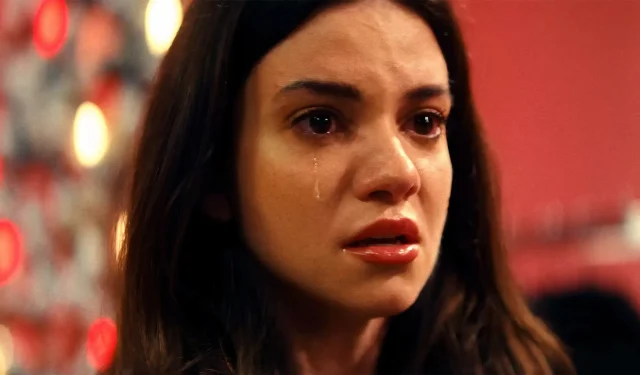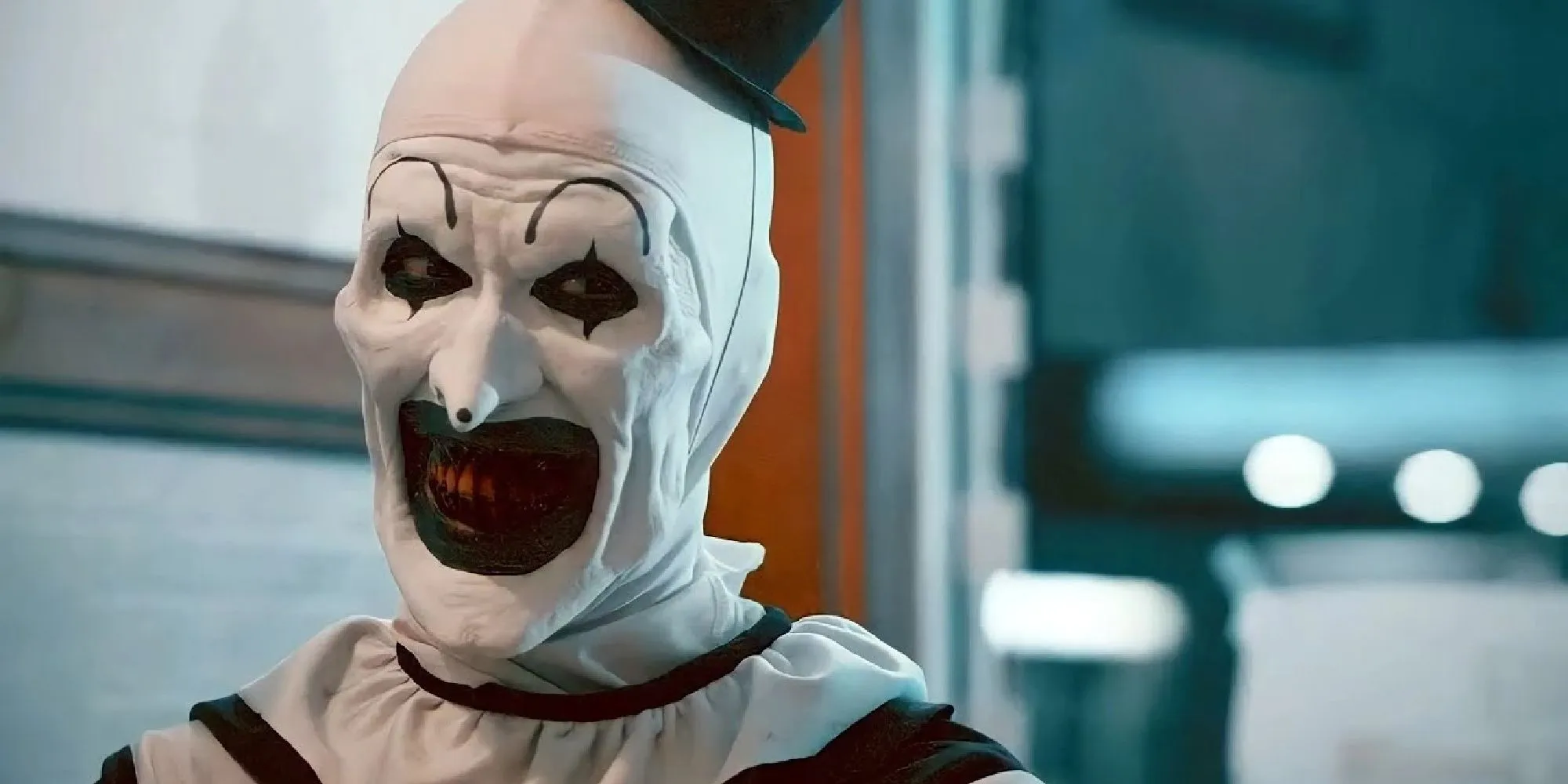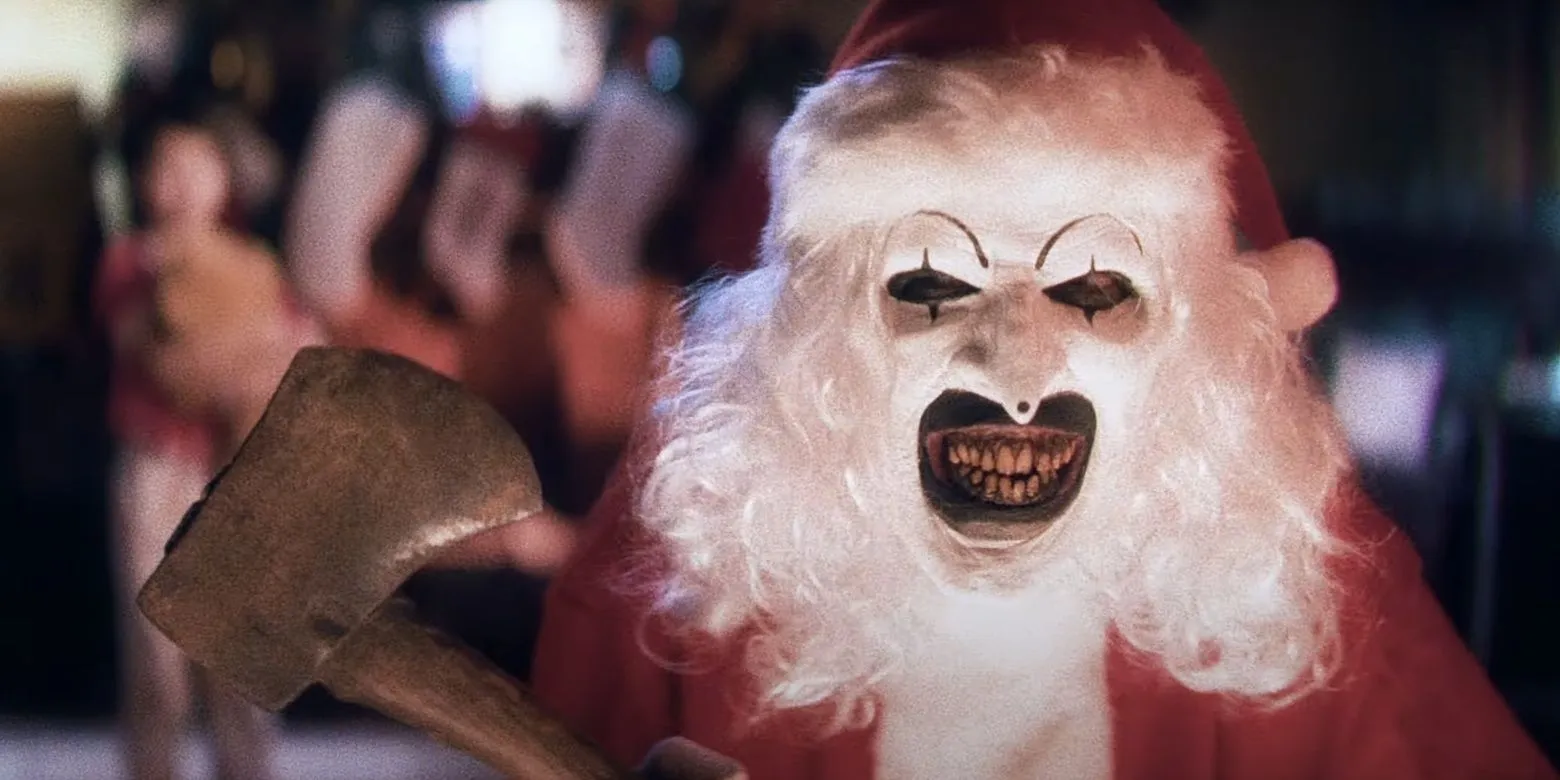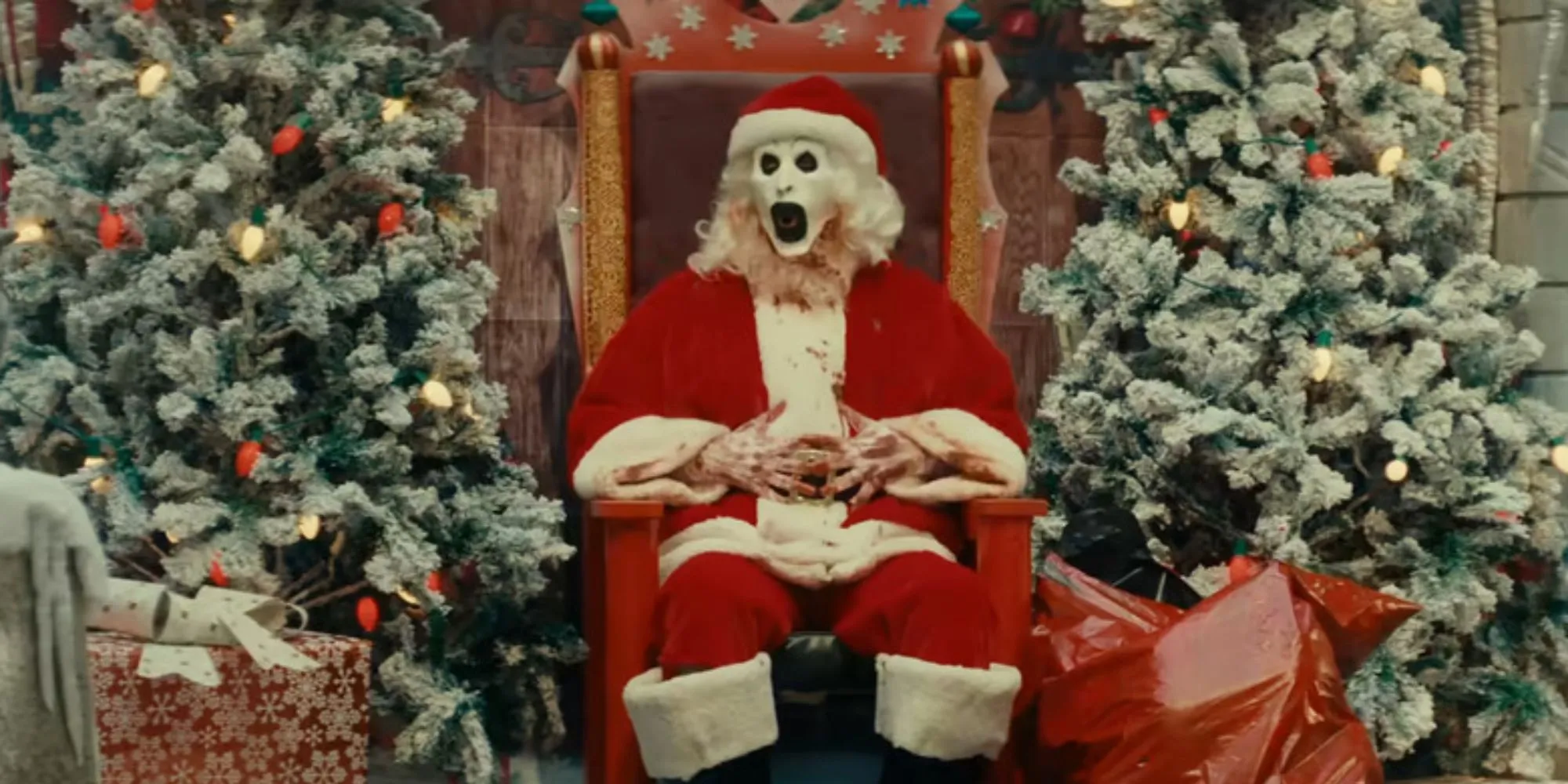
Warning: Spoilers for Terrifier 3 ahead.
The harsh reality surrounding the Terrifier horror series is that its primary draw lies in its graphic violence. However, there’s much more beneath the surface. While the initial movie served more as a showcase of practical effects than a coherent story, the sequel introduced elements of narrative alongside its intense brutality. With each successive release, it edges closer to resembling a legitimate cinematic experience, and as Terrifier 3 unfolds, it begins to convey a slightly meaningful message.
Even for those who aren’t fans of the Terrifier series, there’s an interesting story to be told. It has transformed a small indie budget into an astounding box-office phenomenon, reminiscent of the success of Paranormal Activity, which sparked a resurgence of interest in slasher films. However, the possibility of repeating this formula seems slim. A revival of the classic slasher genre would certainly be welcome.
Are the Terrifier films more than just visceral violence?





On the date of Terrifier 3’s premiere, October 11th, film critic Patrick Bromley reached out to the film community on Twitter, urging viewers to delve into discussions about the franchise beyond its gore-centric premise. Two days later, writer/director Damien Leone responded:
Is there more to the Terrifier franchise than just gore? 😑🤡🪽✨ #terrifier3 #terrifier2 #terrifier https://t.co/RyfSbFNJkR — Damien Leone (@damienleone) October 13, 2024
The feedback has been mixed, with some arguing that the violence is intentionally central to the experience, while others, including dedicated fans, assert that there are richer narrative layers worth exploring. It appears that even die-hard followers are divided on the franchise’s storytelling elements.
Interestingly, the Terrifier films contain surprisingly overt Christian themes. While the bloodshed may seem at odds with this, attentive viewers will notice a distinct alignment with traditional Christian beliefs. By the end of the second film, it’s clear that Art serves actual demons, while protagonist Sienna Shaw derives her powers from celestial beings. This isn’t mere metaphor; it paints a picture of a hellish antagonist empowered to corrupt humanity, with Art representing a biblical monster and the Little Pale Girl as a demonic entity. Yet, the frequent biblical references don’t translate to a cohesive thematic statement.
Do the Terrifier films possess a unifying theme?

While various components of the Terrifier trilogy broach certain ideas, a clear thematic thread is elusive. The first installment, in particular, stands as a stark example of this lack of depth, offering little beyond some subversion of expectations interspersed within its violent scenes. However, from the second film onwards, characters and underlying concepts gained significance. Still, both the second and third films sporadically touch on themes, and the prevalent “good versus evil”conflict serves more as a narrative framework than a true theme. Despite its evolving thesis, the third film still has ample room for development.
Is Terrifier 3 introducing fresh concepts?

The Terrifier universe is one where light seems non-existent, and darkness dominates everything, characterized by acts of violence and despair. Art serves as a force of moral decay, spreading dread and nullity wherever he treads. In the wake of his brutal actions, some individuals become obsessive followers. Terrifier 3 tackles this notion, reflected in adults engaging in cosplay and the portrayal of shady true-crime podcasts. The film attempts to critique media violence, yet most characters perish in ways that appear unrelated to this commentary. The narrative desires to communicate a message, but it remains shackled by its excessive emphasis on gruesome deaths, concluding narratives with a tendency for the drawn-out and unfulfilling. However, as the third act unfolds, Terrifier 3 begins to recognize the profound moral emptiness permeating its world.
In a climactic horror sequence, Vicky Hale, now the conduit for the demonic Little Pale Girl, endeavors to possess Sienna Shaw. She accomplishes this by ruthlessly murdering Sienna’s loved ones and announcing that her existence is devoid of meaning, offering no respite. Here, audiences discern that Art’s insidious influence embodies the demonic corruption extending from an otherworldly realm. Every brutal act, every drop of blood, even the souls once enlivening the dismembered remains, serve as sacrifices in a grander design. It tells a narrative of divine selection, portraying a singular savior figure mustering the strength to endure for humanity’s sake. This storyline juxtaposes the mundane with the malignant, illustrating the devil’s handiwork while suggesting a potential redeemer. It’s akin to The Passion of the Christ reimagined through the lens of The Texas Chainsaw Massacre.
Subtle biblical themes can be found throughout many narratives, yet Terrifier wears its influences on its sleeve, methodically crafting an unusual Christian narrative. As it further develops this intriguing angle, the Terrifier franchise inches closer to a focused thematic conclusion. Indeed, it transcends the mere spectacle of bloodshed; it emerges as a biblical allegory that seeks to magnify the crucifixion’s severity. The pressing question for the ardent fan base becomes whether that adds a layer of significance to the saga.




Leave a Reply